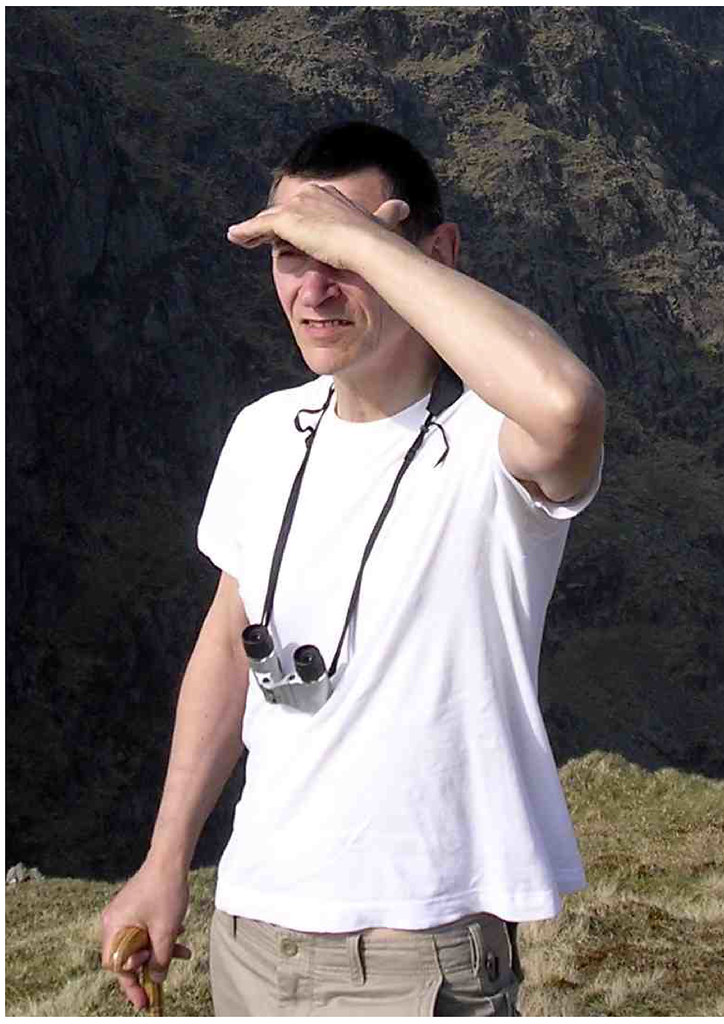A rolled-out copper coin (i.e. rolled with a jewellery mill to remove the pattern and give more real estate to work on) was dipped in 'liquid flux', a powder which I mixed with distilled water to a suitable consistency. It was then fired, giving an unusually smooth and glossy clear coat. I then gave it a layer of 'liquid white', mixed from powder in the same way. Both powders had been bought from Vitrum Signum a year or so ago, awaiting a suitable time for experiment.
On firing, there was a pleasant smooth slightly matte white coating. To liven things up, I painted some little dashes of cobalt oxide in water into the surface, staining it with some dark blue patches. These remained matte through one or two more firings before starting to become glossy, presumably through vitreous material making its way through the surface oxide. Finally I laid a piece of dichroic glass on the enamel and fired that; on cooling, I found that I could 'pop' the top layer of glass from the dichroic, leaving an iridescent coating on the coin. Also, a significant amount of the white had been gradually dissolving into the clear flux below, leaving a bright image of the coin beneath.
The second piece, a small rectangle of copper with unwanted enamel experiments, was also treated to a small rectangle of dichroic glass fused to the surface. Or rather, two pieces, but the right-hand one slid off in the furnace.
2009-05-29
Dichroic glass on 'liquid enamels'
Posted by
Paul Jelley
at
16:59
![]()
![]()
Subscribe to:
Post Comments (Atom)


No comments:
Post a Comment